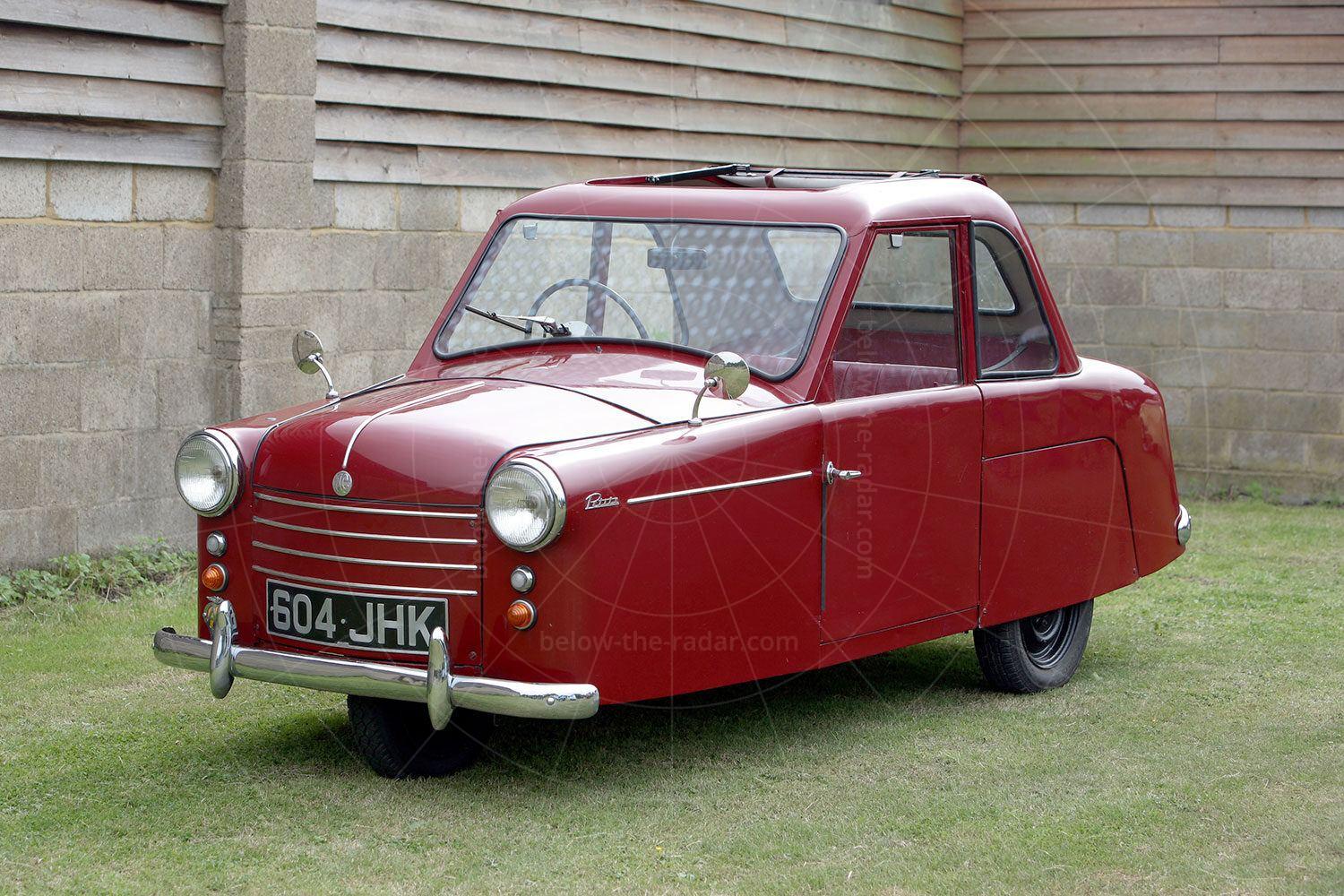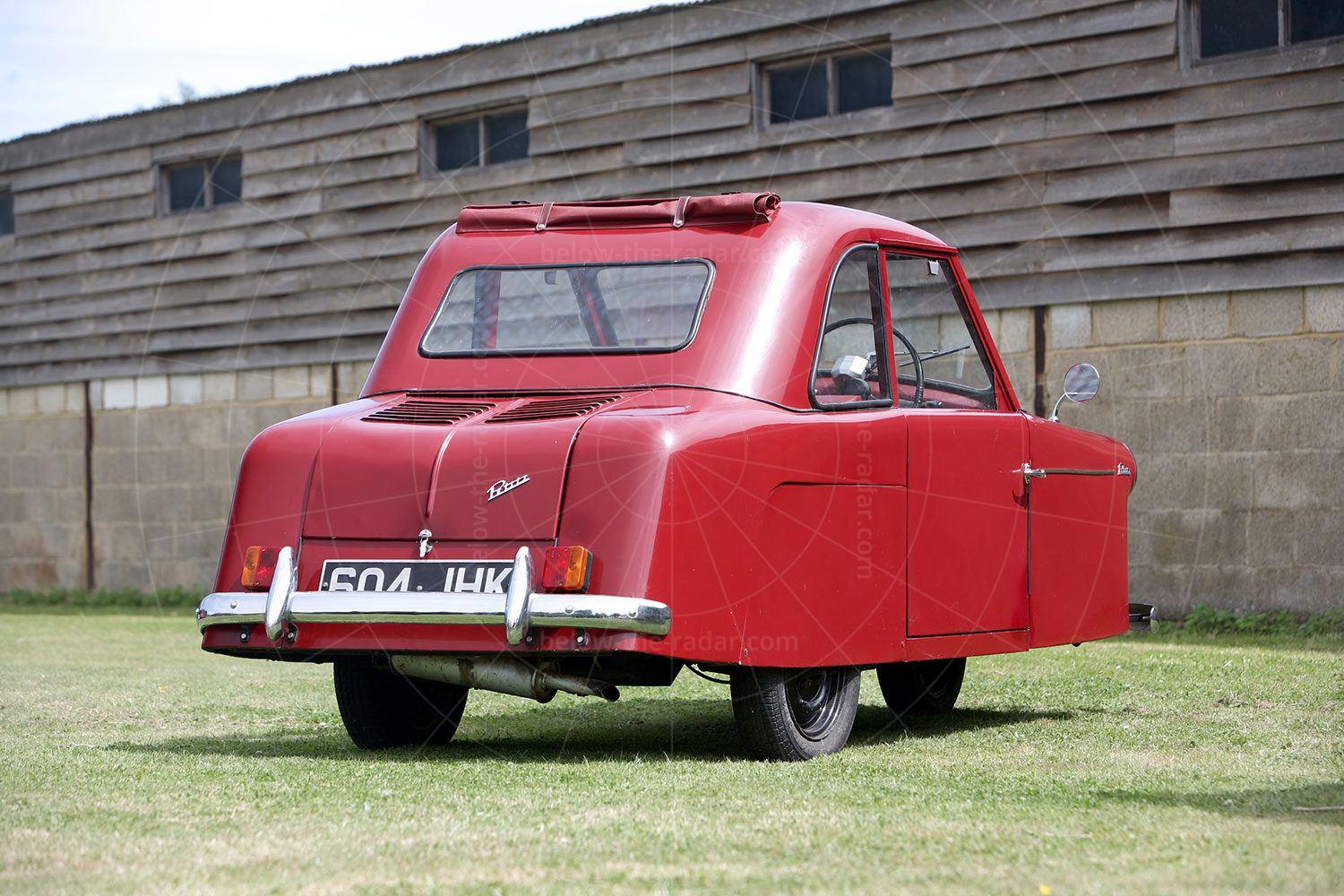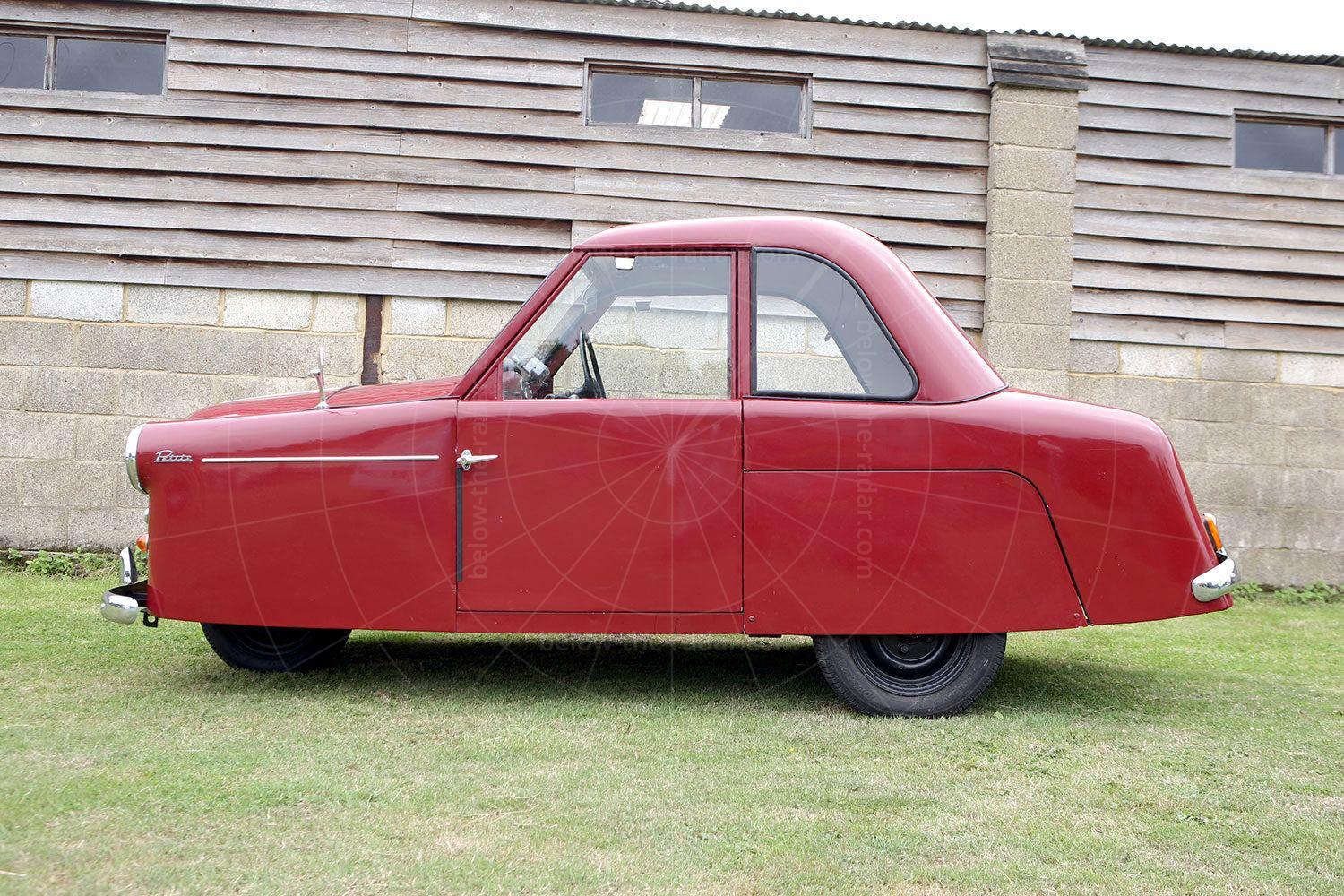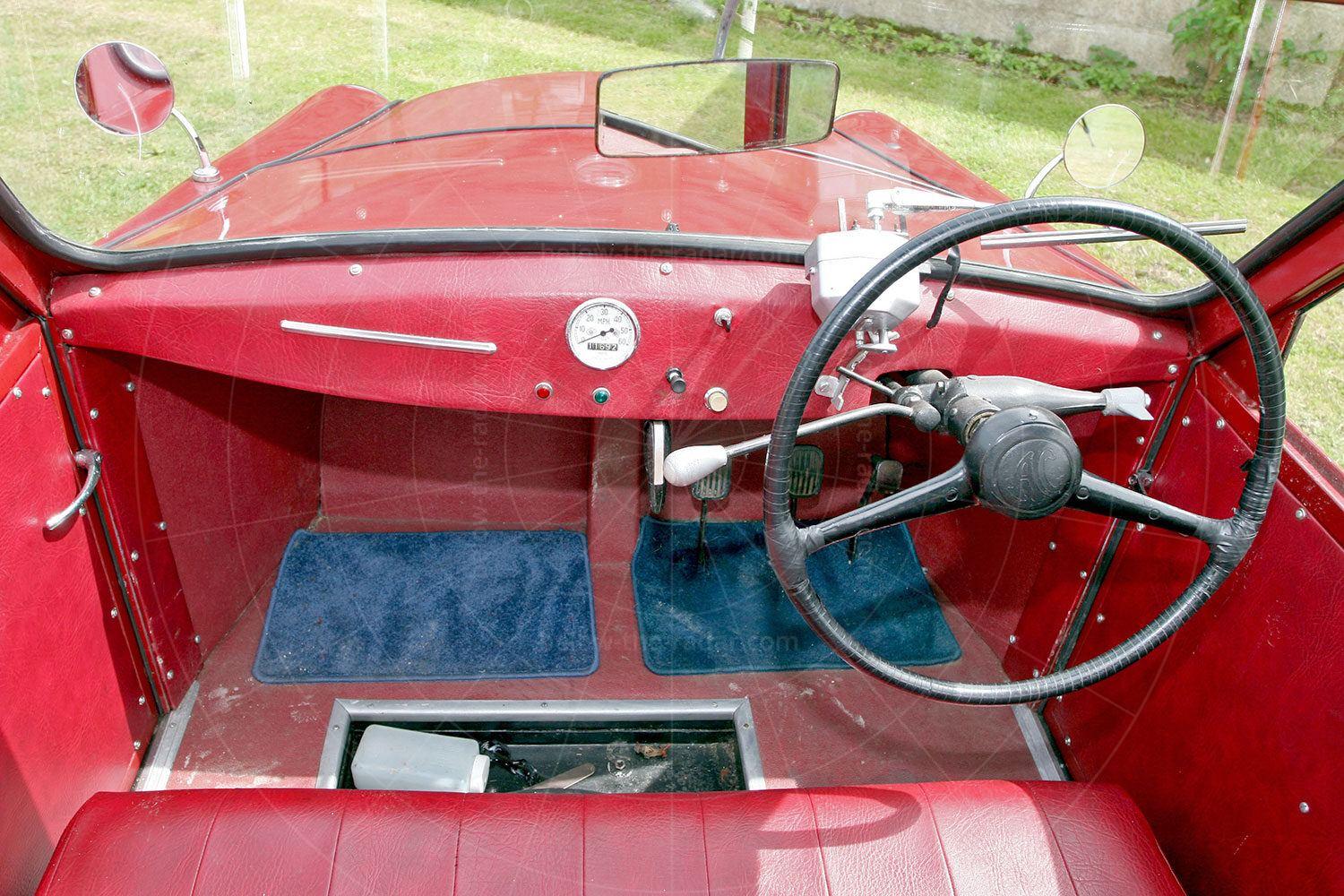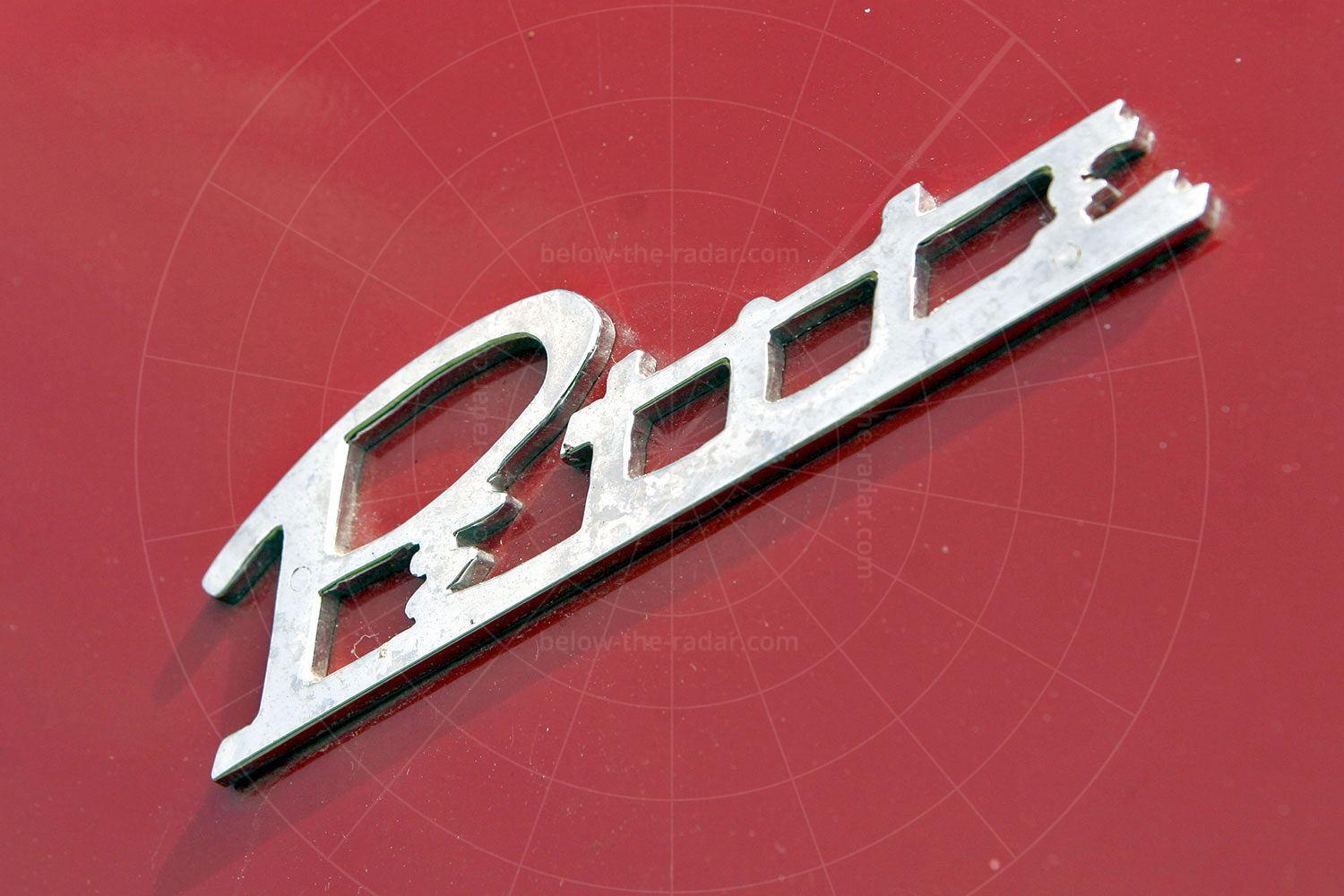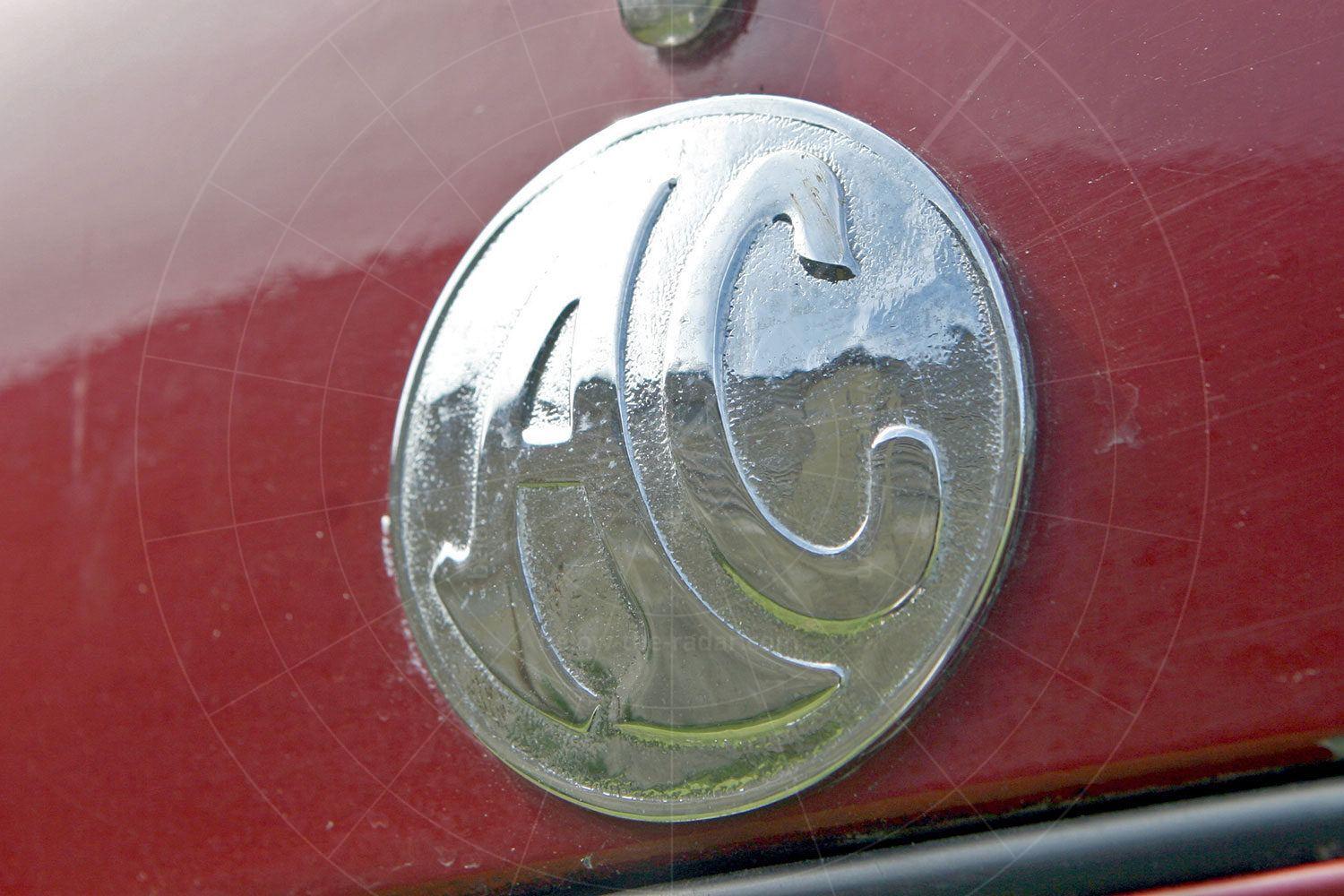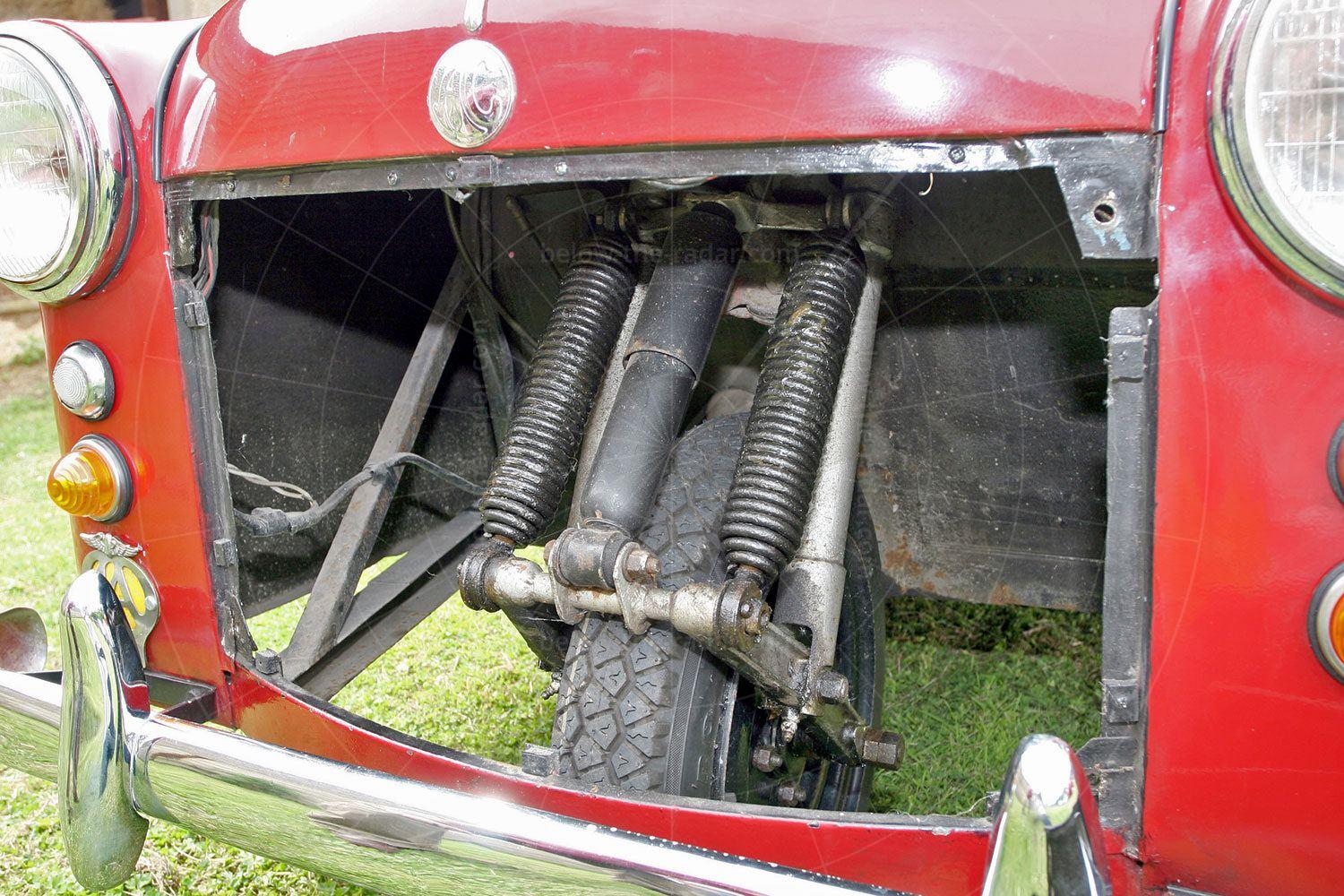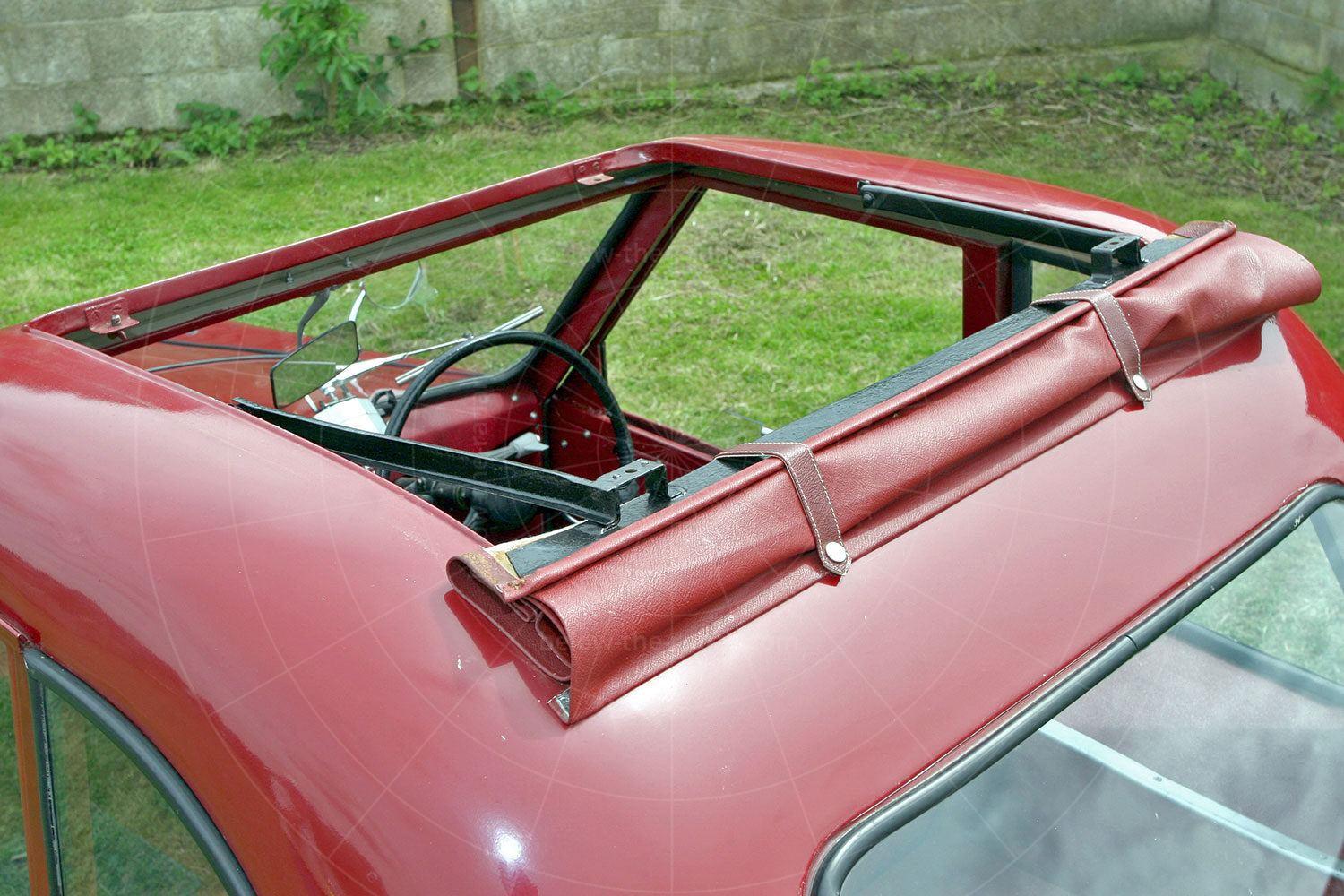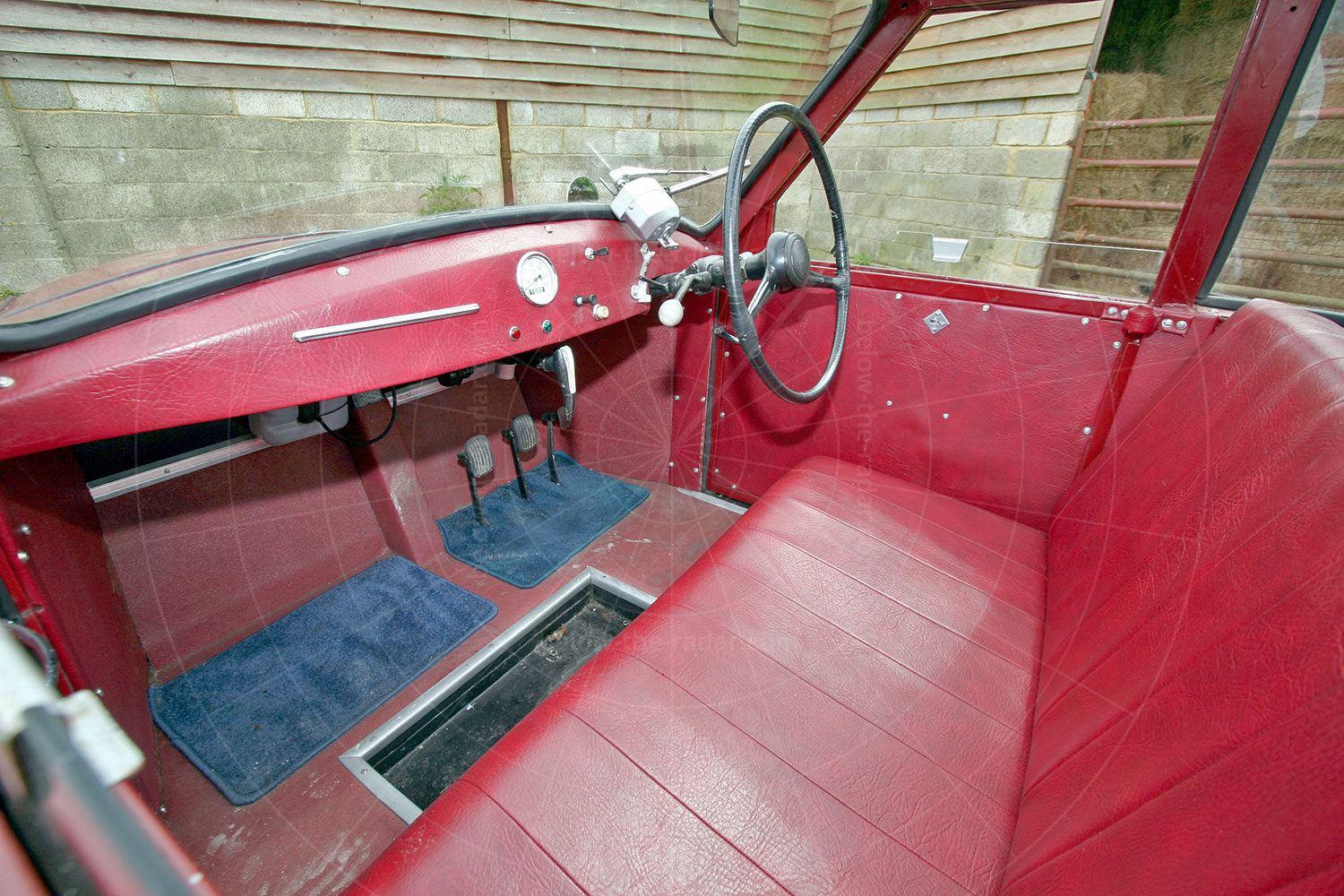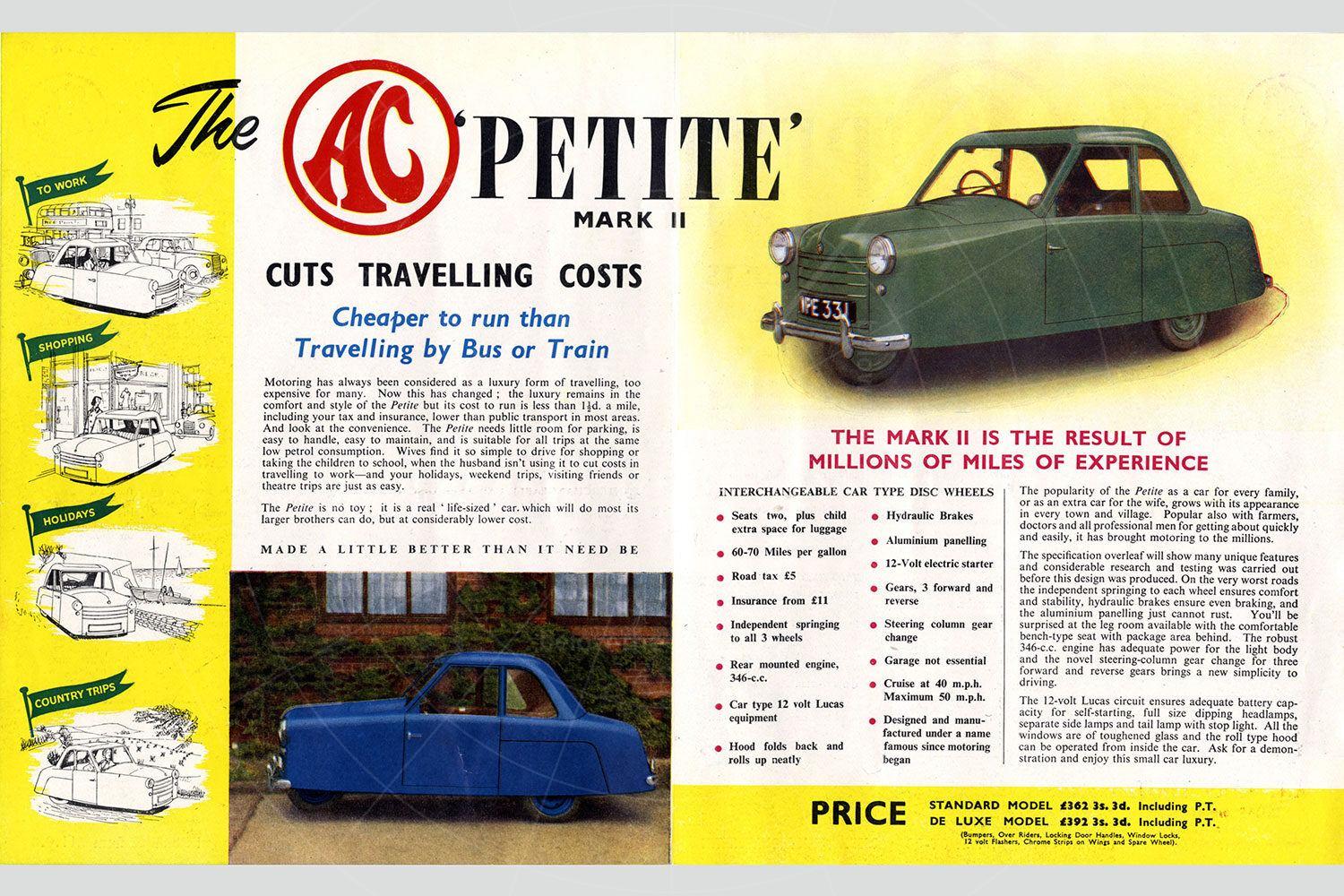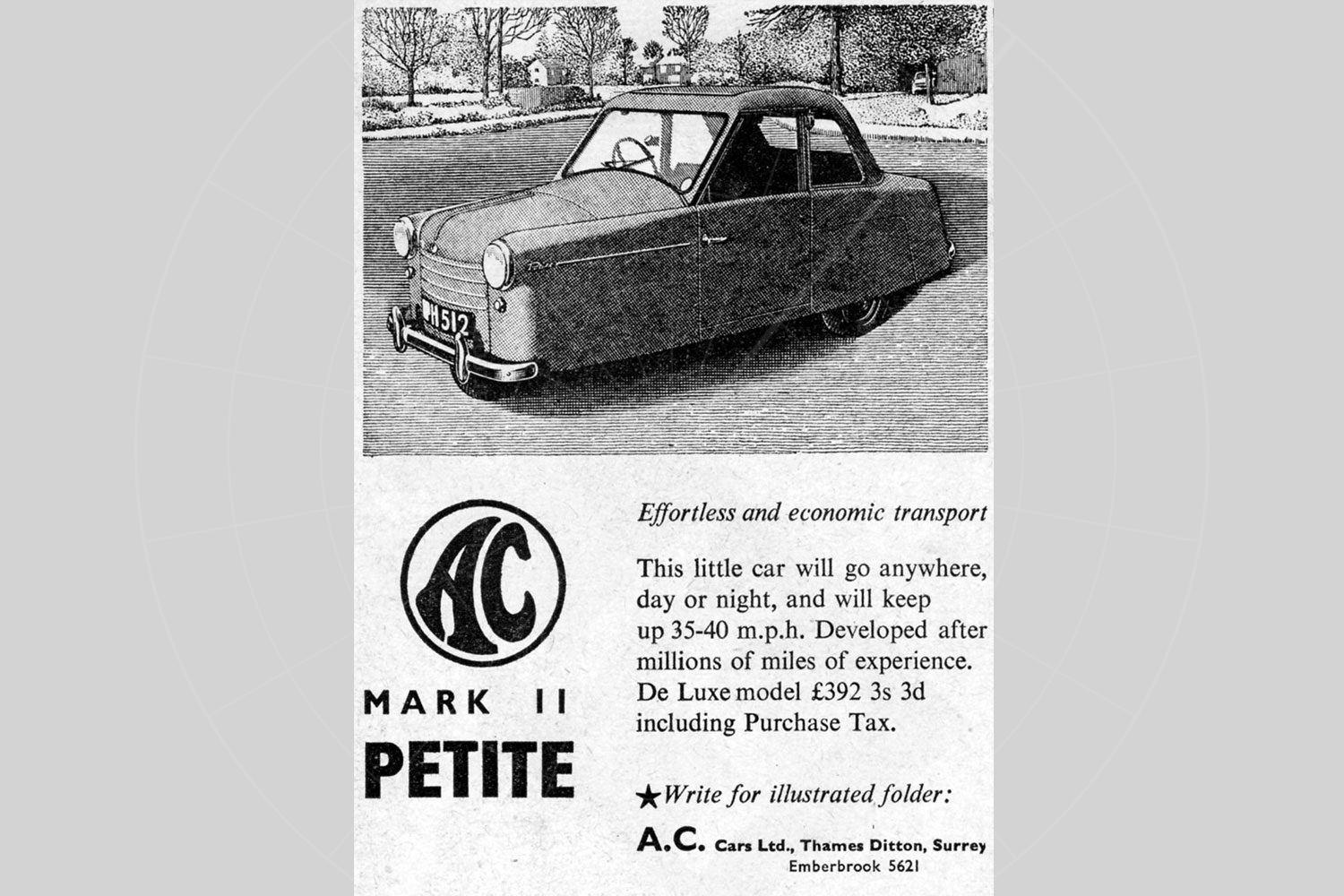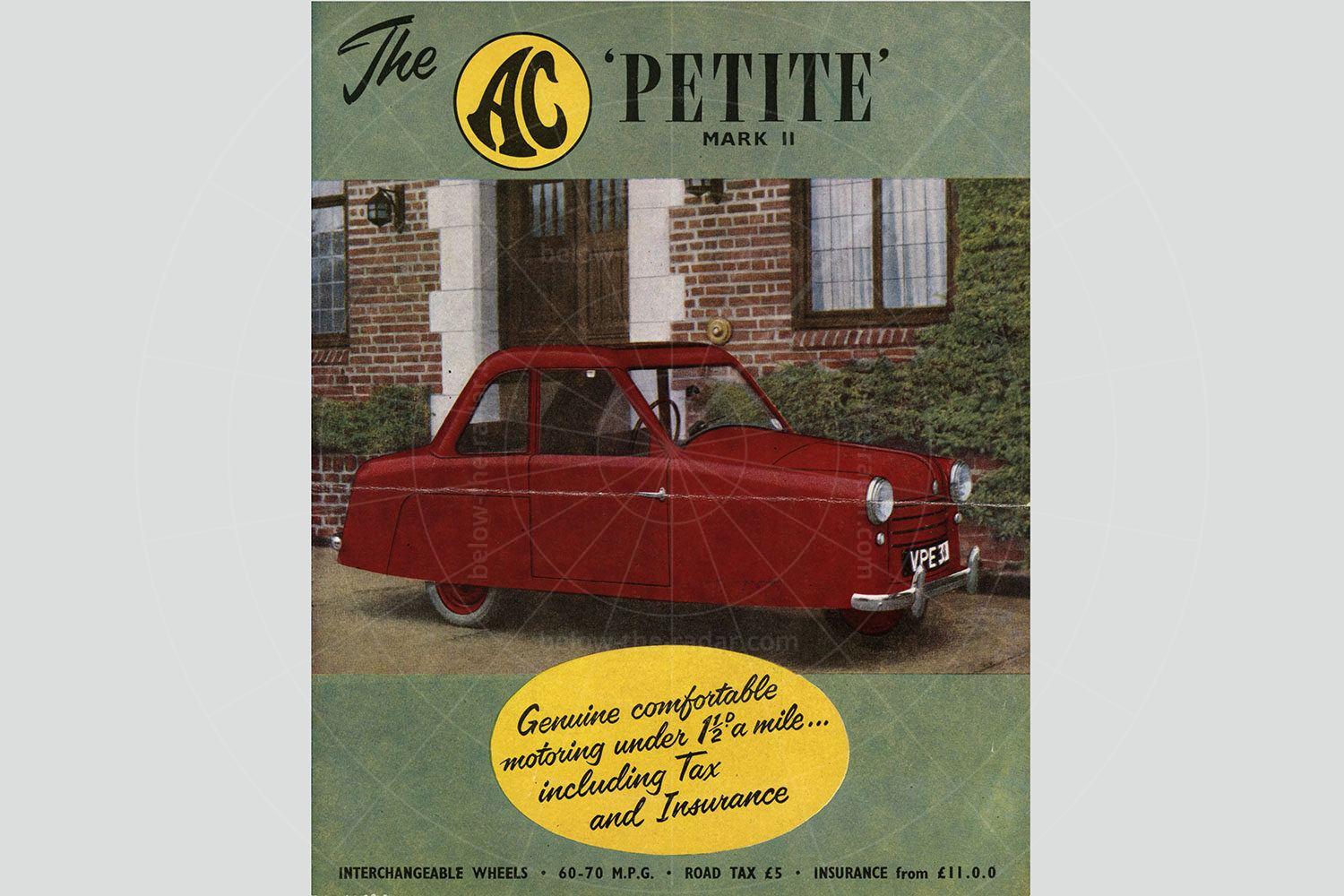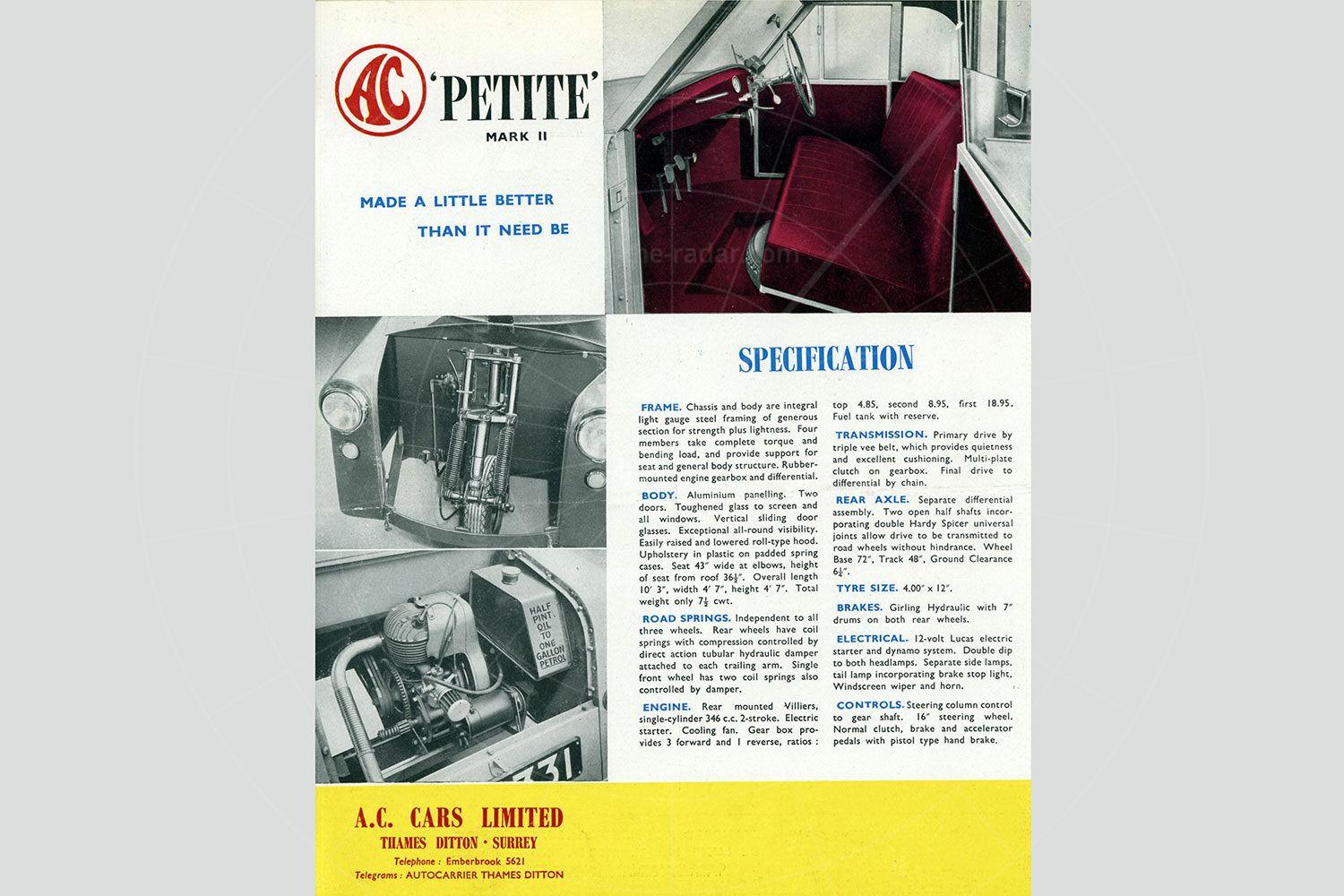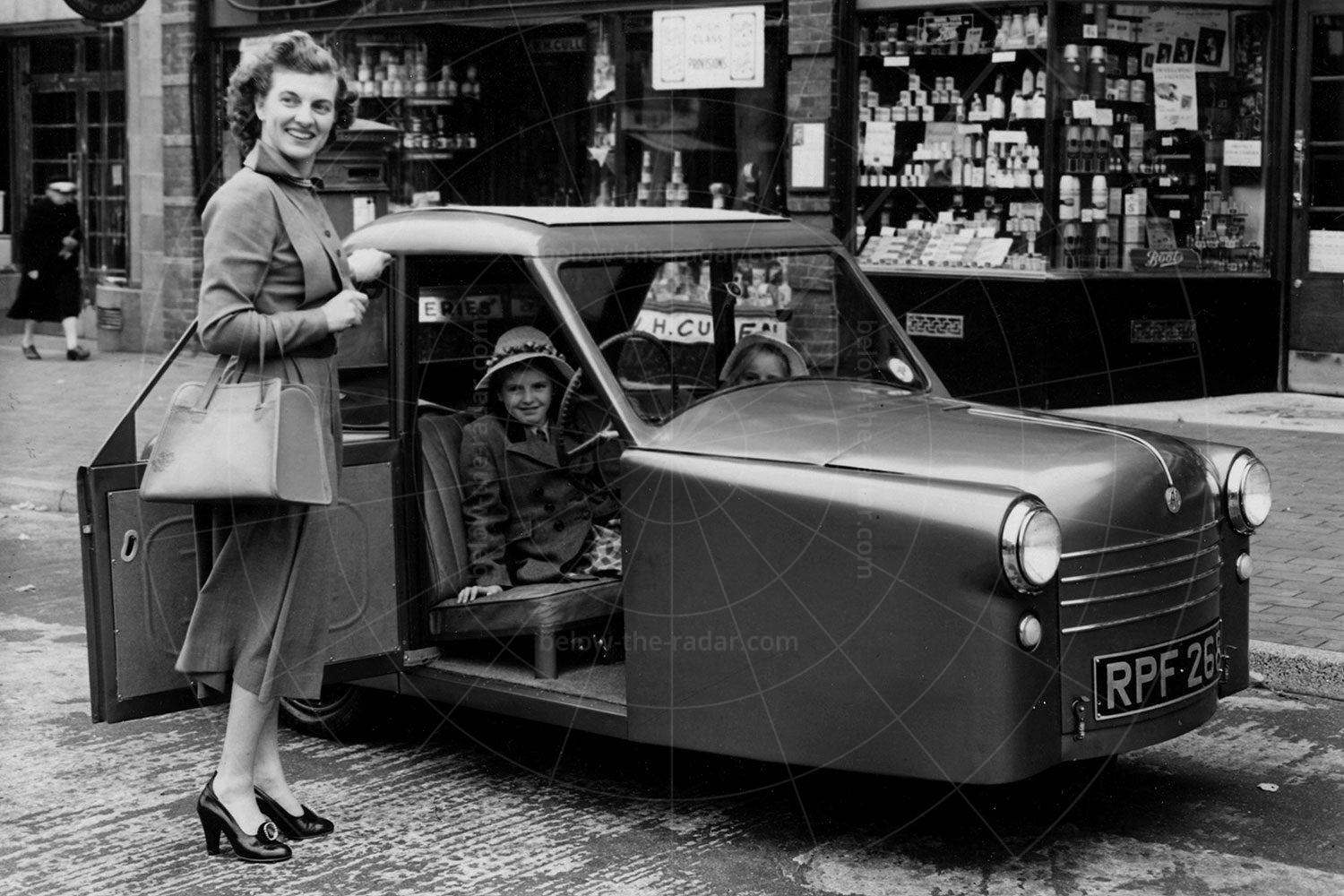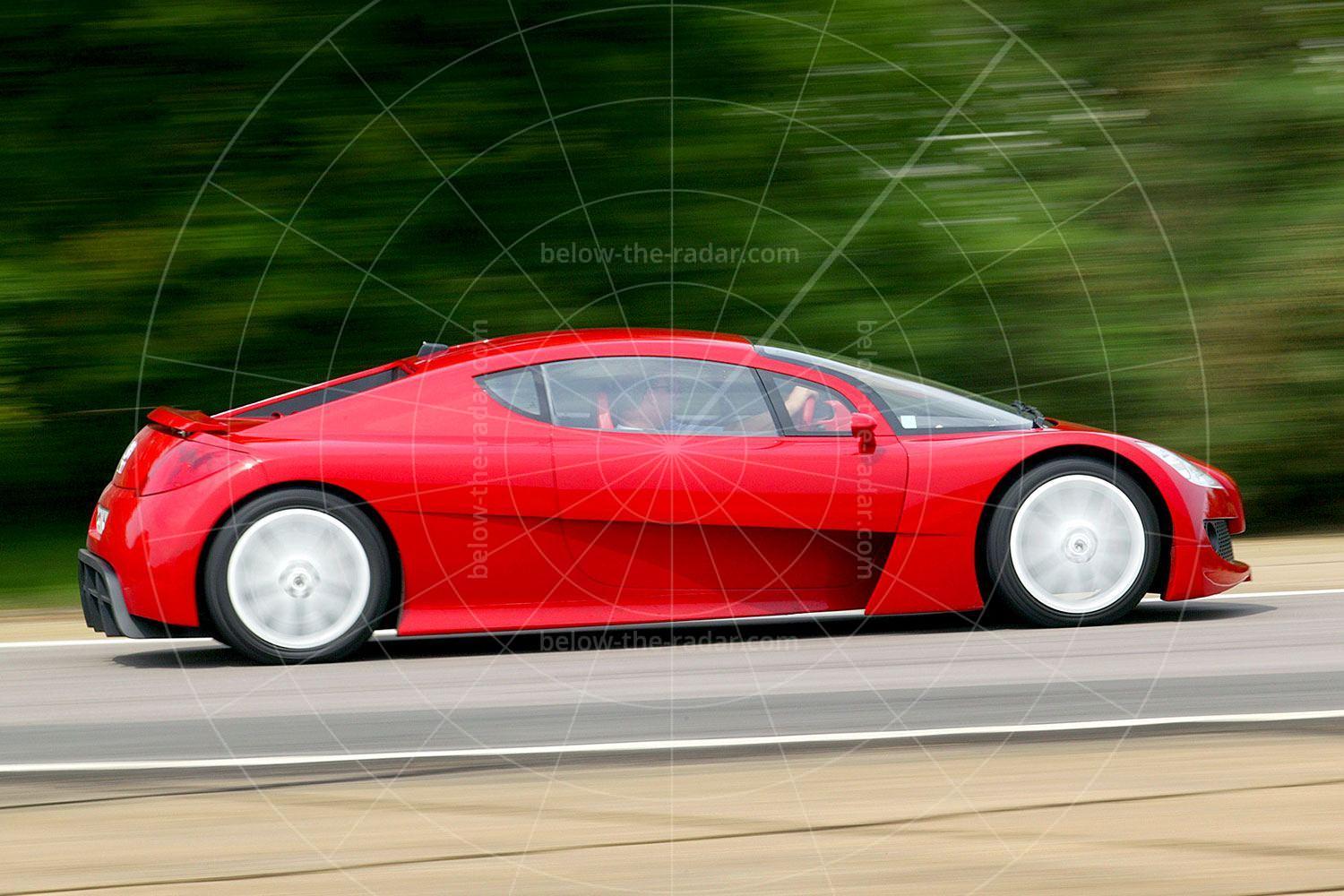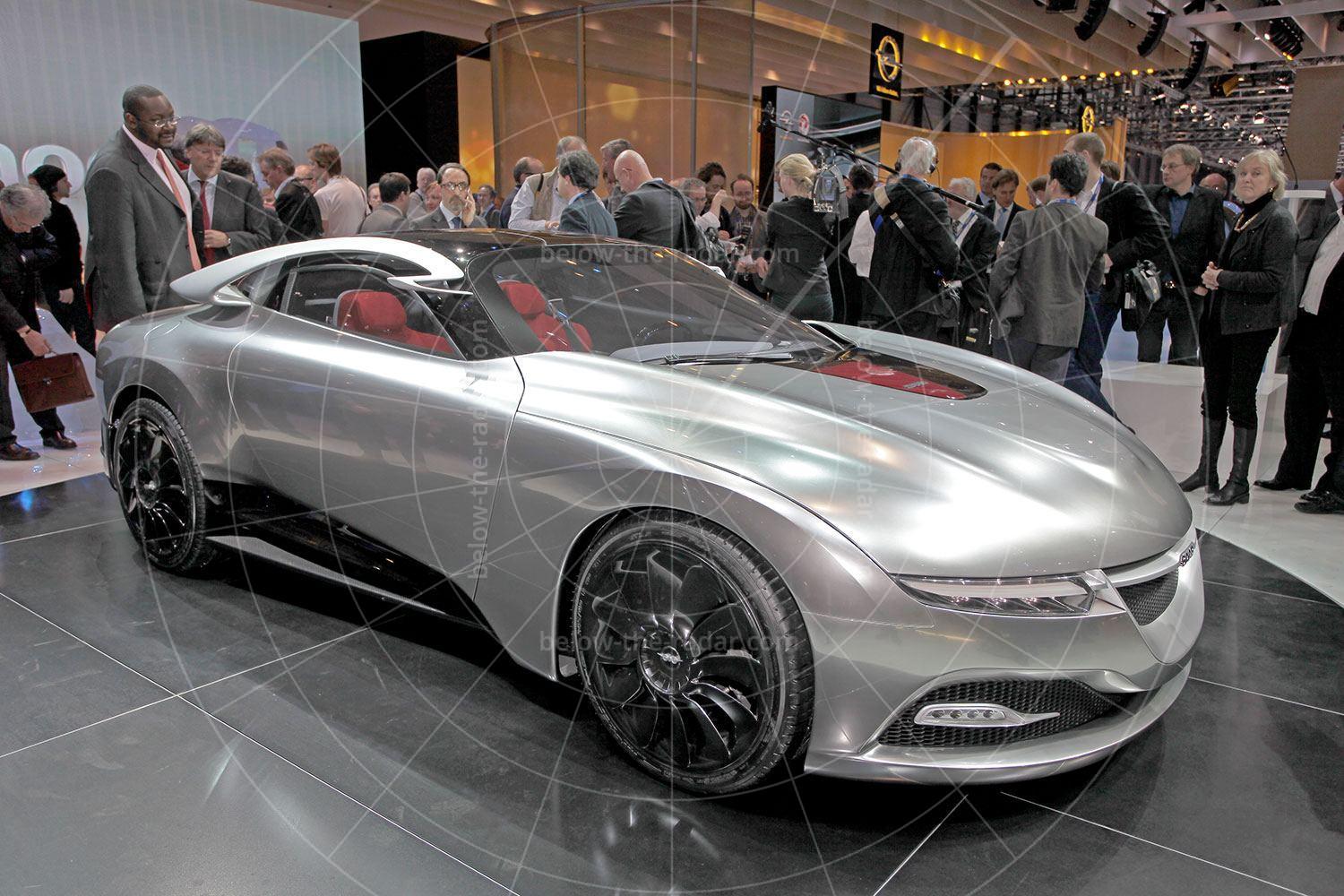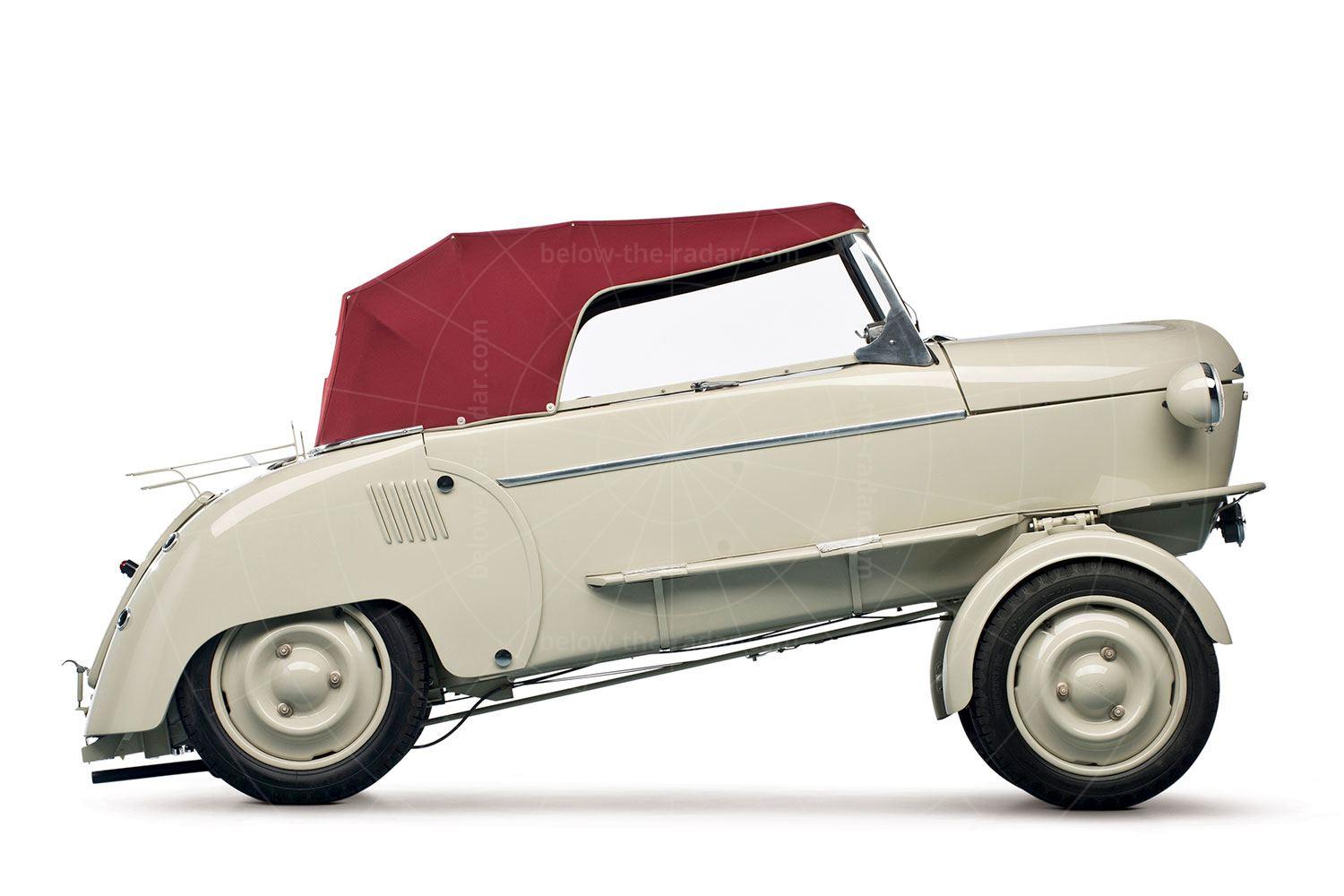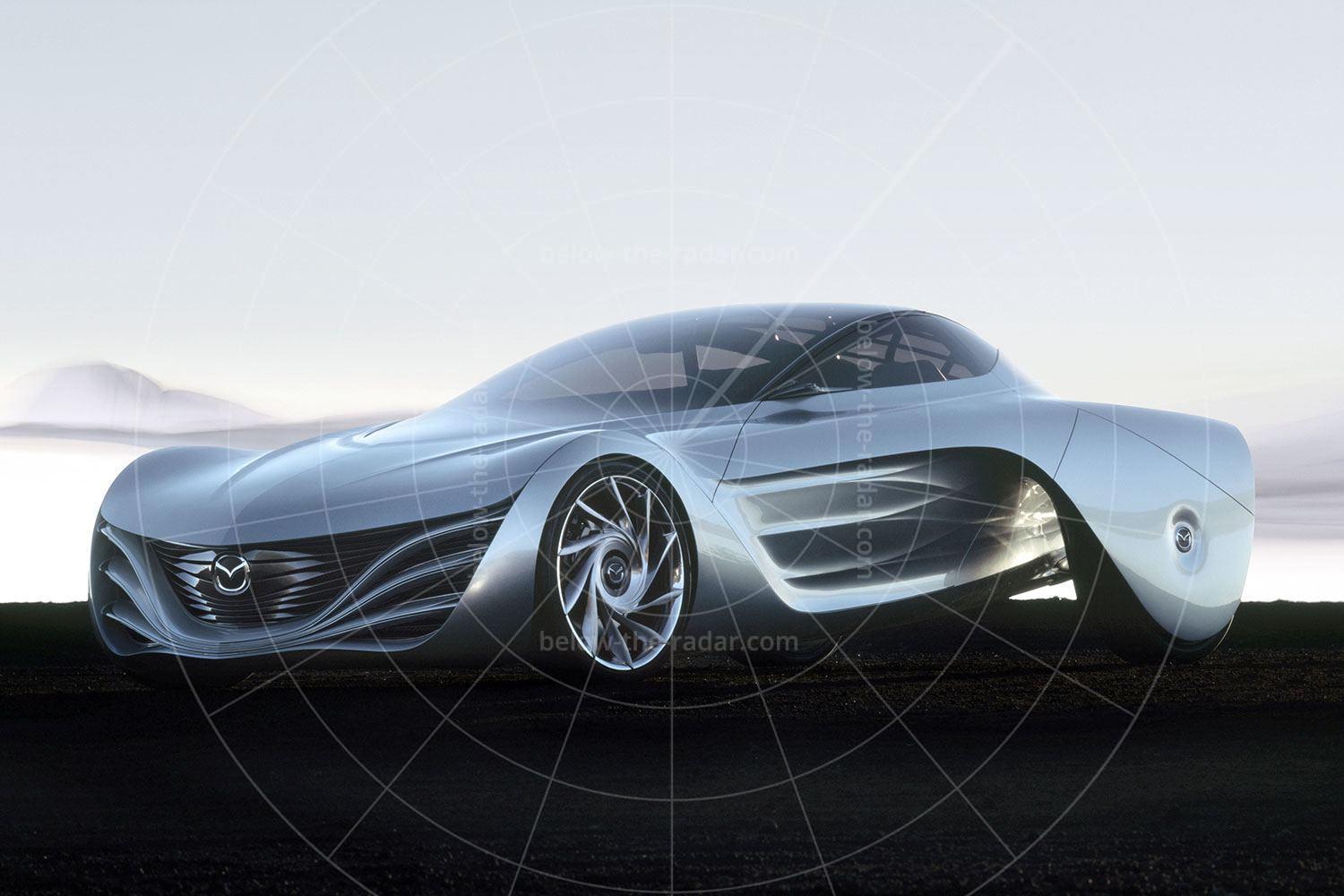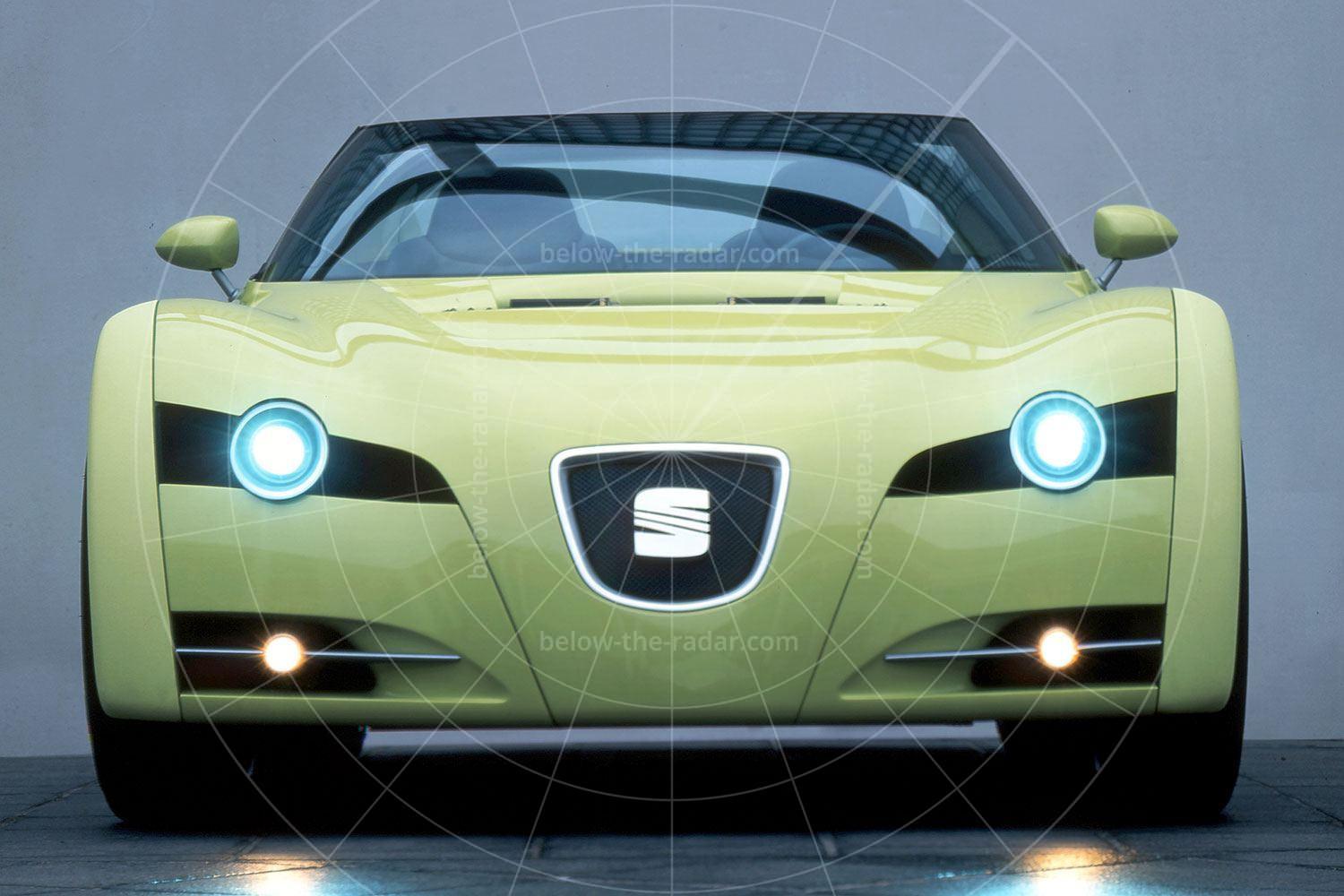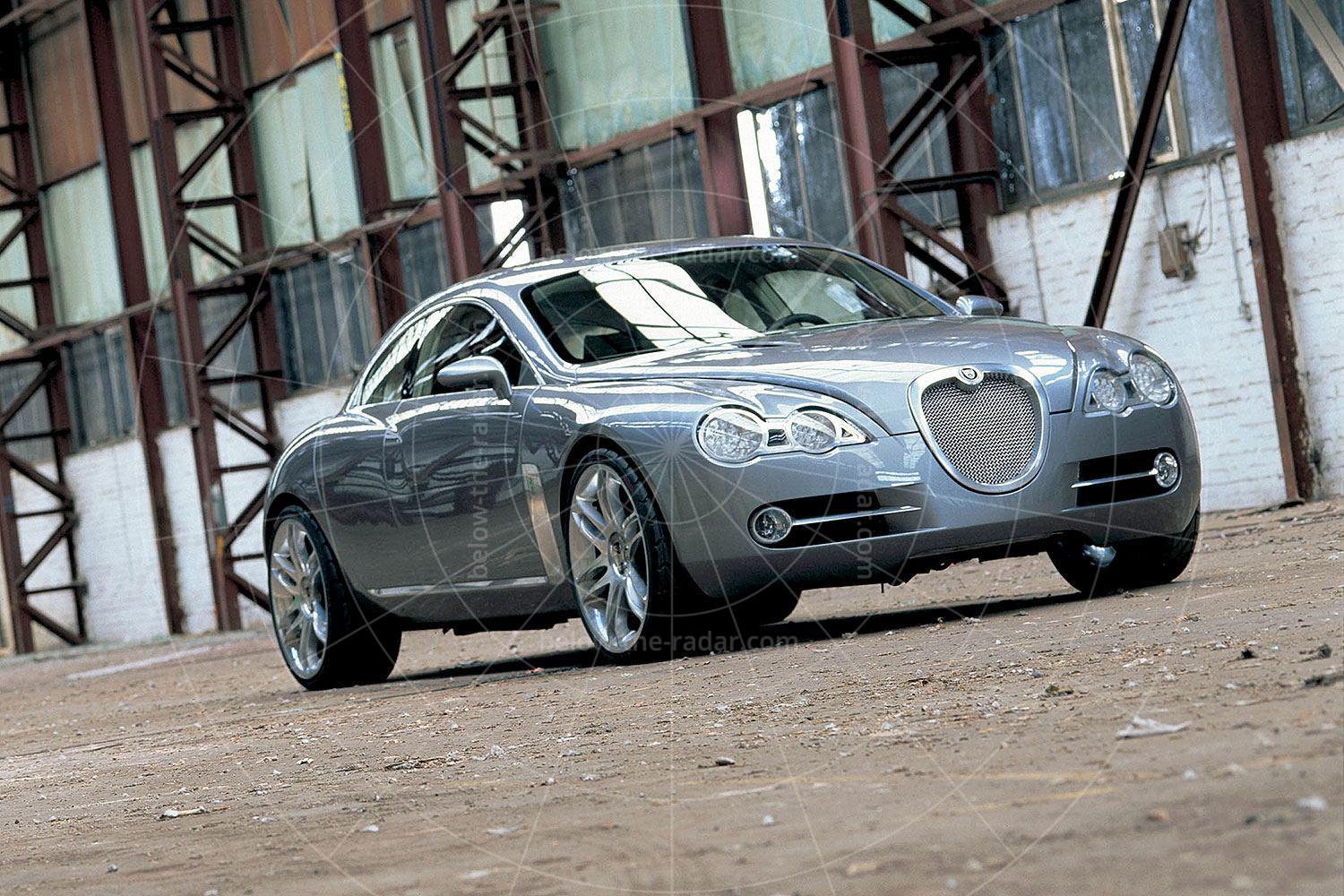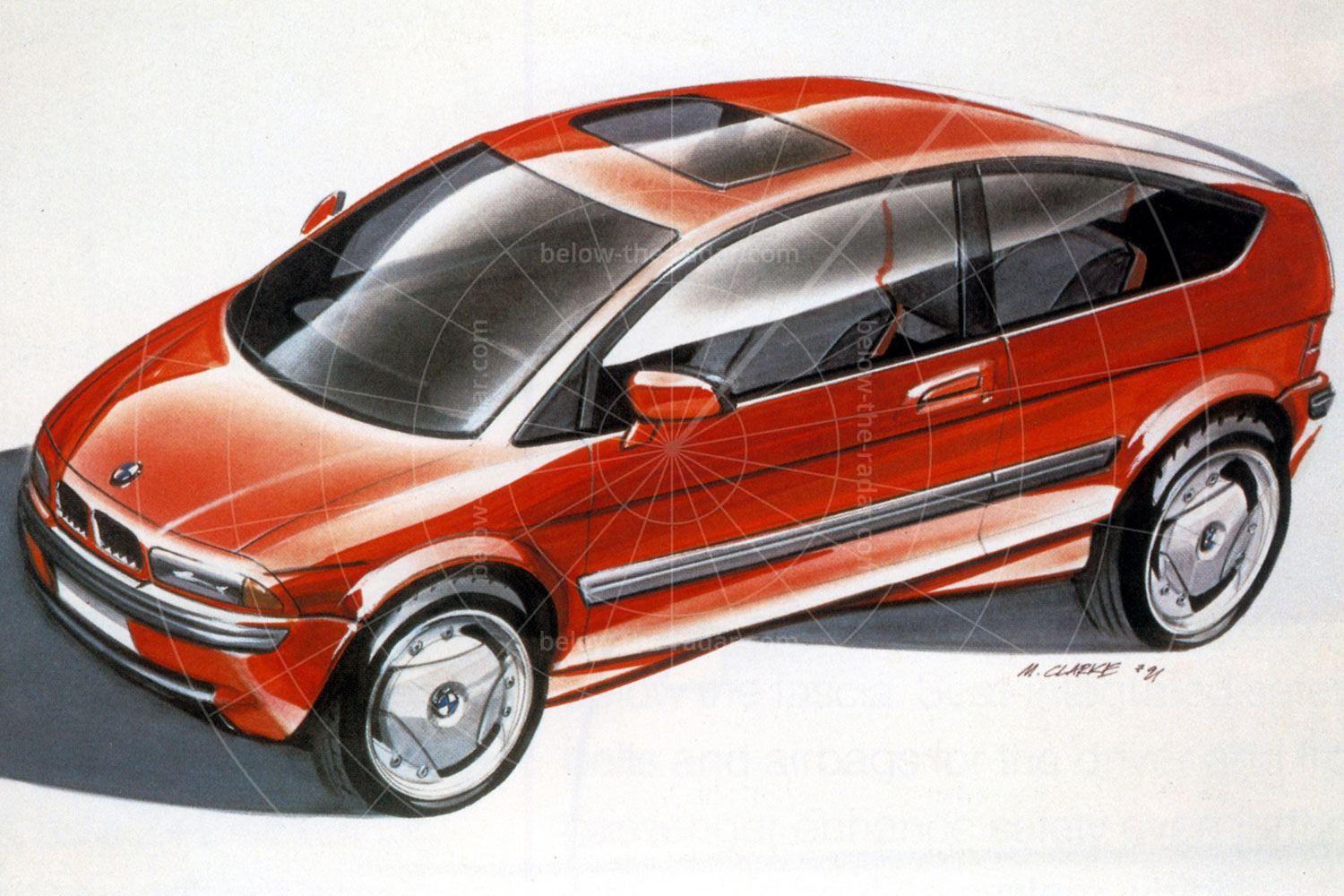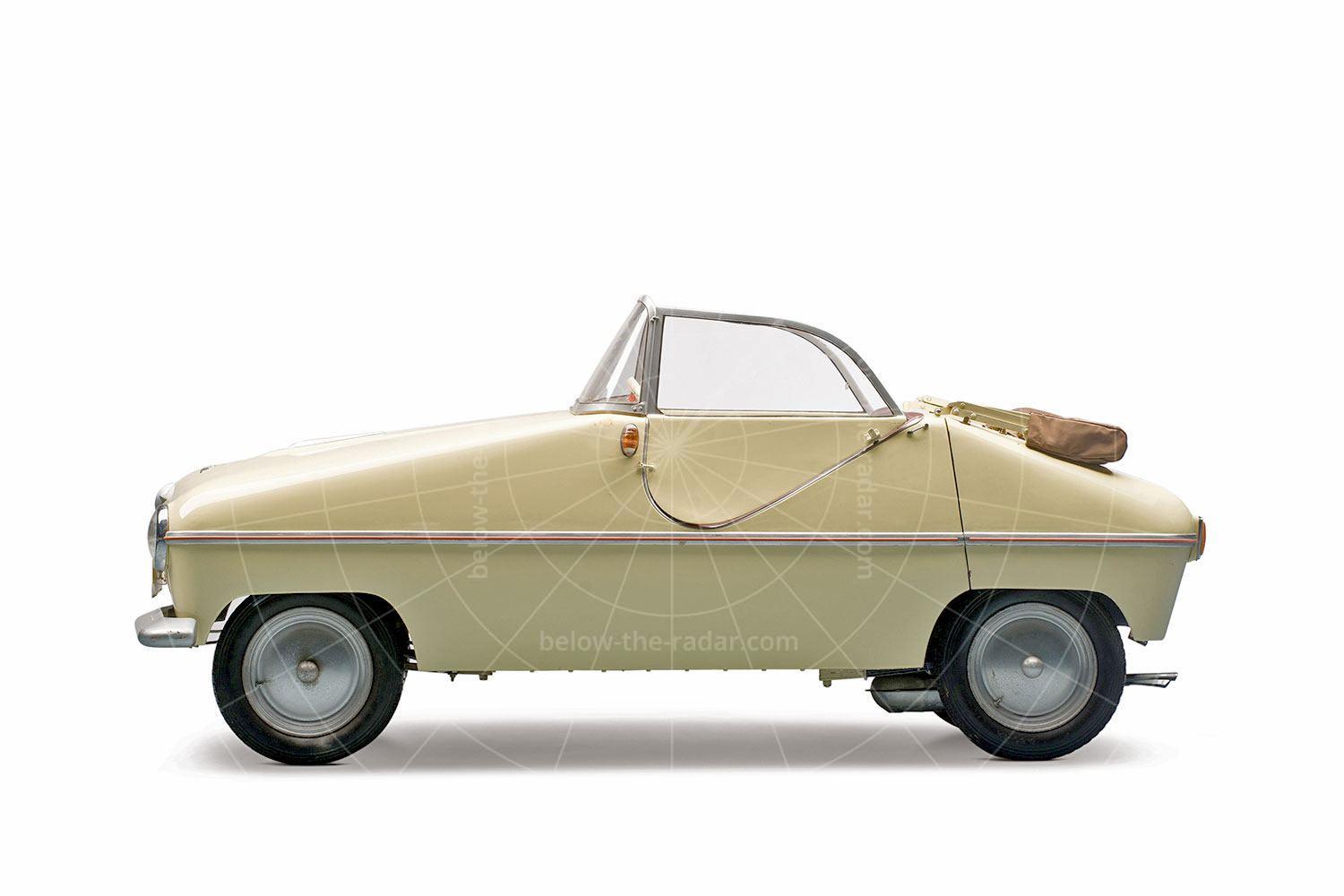It seems incredible that the company which brought us the thundering Cobra 427 was also responsible for the Petite – a three-wheeled economy car that struggled to reach 40mph. By the 1970s the Cobra was out of production and AC had become synonymous with three-wheeled utility cars, as it was behind the blue plastic-bodied Model 70 that became the default invalid car. The Model 70 was produced until 1978 before the British Government gave up on the car and scrapped most survivors in 2003.
While that later car was made of plastic, its predecessor the Petite featured a slab-sided aluminium bodyshell draped over a steel punt that used a combination of ribbed-steel pressings and channel/box-section members for strength. All of this added up to a kerb weight of 845lb (384kg), which was rather a lot for an 8bhp single-cylinder two-stroke engine to lug around. As a result the Petite was ponderous, slow and noisy – much like most of the other three-wheeled microcars that were available at the time.
AC initially used a Villiers engine that displaced just 246cc. Mounted on a rubber-suspended subframe, power was transferred to a Burman three-speed motorcycle gearbox via three vee-belts, to then be sent to the differential via a chain drive. At the rear there was independent supension by trailing arms and coil-over-damper units, while up front there was Burman cam-and-peg steering. Hydraulic brakes were fitted to the rear wheels but the front featured no braking at all.
Having made its debut in 1952, the original Petite was replaced by a MkII edition in 1956, and in spring of that year The Motor tested one of these diminutive ACs against some of its contemporaries including the BMW Isetta, Bond Minicar, Gordon, Messerschmitt KR175 and the Jarc Little Horse. In this company it was reckoned that the AC "was quite the nearest thing to a real car, with coachbuilt coupé bodywork and a roll-back centre section to the roof".
Seemingly taken by the Petite, The Motor claimed that "the engine has plenty of torque over a wide speed range, and it is therefore possible to proceed quite happily in mild traffic without overmuch gear changing". Capable of cruising at 40mph "under reasonable conditions", the Petite also suffered from grabby brakes that locked up all too easily and a vague gear change, but the exhaust was quiet and the cabin was plenty comfy enough for a pair of six-footers. This was clearly executive motoring for the impecunious, then.
That 1956 update brought a 353cc Villiers engine that was a hefty 3% more powerful than before; it was rated at a throbbing 8.25bhp. The price increased to £350 and if you wanted serious luxury you could fork out an extra £29 for niceties such as chrome bumpers, locking doors and windows, a spare wheel and chrome trim strips. The problem was that for a similar amount you could buy a four-wheeled Ford Popular – not that you'd be able to tax one of those for £5 per year or drive it on a motorbike licence.
The plug was pulled on the AC Petite in 1958 after around 2000 examples had been built. Within a year the BMC Mini had been launched, and the introduction of the Issigonis wonder was enough to kill off many of the remaining economy cars which simply couldn't compete on price, comfort, usability or performance. Whether or not the Mini had the charm of the Petite only you can decide…
| Vital statistics | |
|---|---|
| Produced | 1953-1958, England |
| Number built | 2000 approx |
| Engine | 246cc, front-mounted petrol 1-cylinder |
| Transmission | 3-speed manual, rear-wheel drive |
| Power | 8bhp at 3500rpm |
| Top speed | 40mph |
| 0-60mph | N/A |
| Launch price | £299 |

